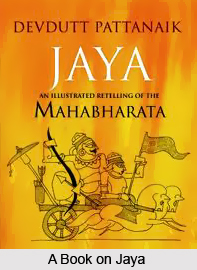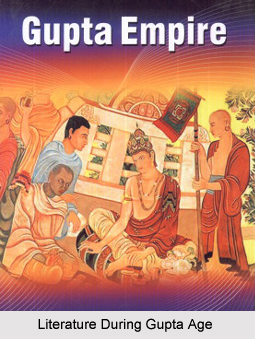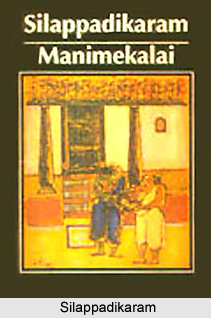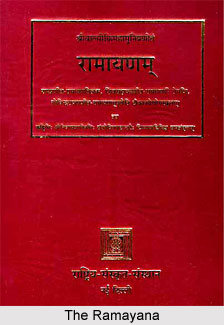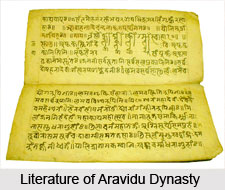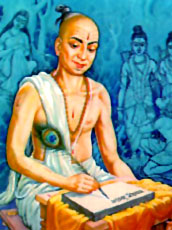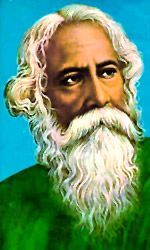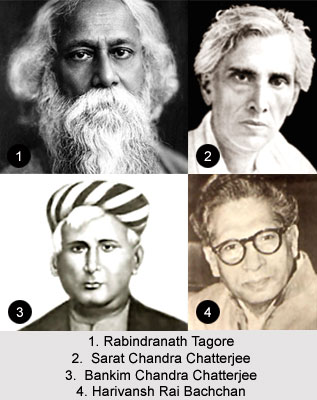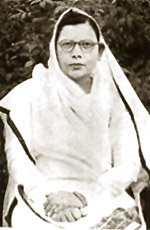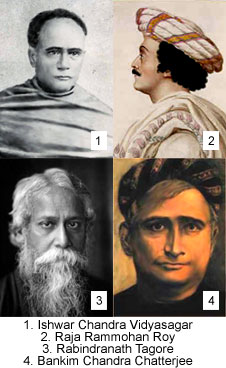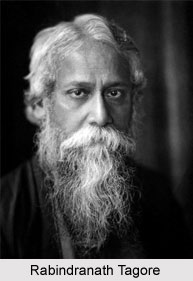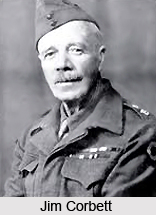 Contribution of Jim Corbett to Indian wildlife is really noteworthy. Jim Corbett was initially a hunter and between the years 1907 to 1938, he tracked down and shot several man eating tigers and leopards. At times, he took great risks in order to save lives of others. Jim Corbett is still remembered as one of the great wildlife conservationists of India. Contribution of Jim Corbett also includes the significant role played by him in the establishment of Corbett National Park in the year 1936. In the late 1920s, Jim Corbett bought his first camera and he started to capture tigers on cine film. He had huge admiration for tigers and leopards and thus he resolved not to shoot them again until and unless they posed threats to cattle or turned man-eater.
Contribution of Jim Corbett to Indian wildlife is really noteworthy. Jim Corbett was initially a hunter and between the years 1907 to 1938, he tracked down and shot several man eating tigers and leopards. At times, he took great risks in order to save lives of others. Jim Corbett is still remembered as one of the great wildlife conservationists of India. Contribution of Jim Corbett also includes the significant role played by him in the establishment of Corbett National Park in the year 1936. In the late 1920s, Jim Corbett bought his first camera and he started to capture tigers on cine film. He had huge admiration for tigers and leopards and thus he resolved not to shoot them again until and unless they posed threats to cattle or turned man-eater.
During that era, even as the craze for recording trophies reached its highest point, Jim Corbett turned from hunting the animals to saving them for posterity. Colonel James Edward Corbett slew eleven man-eating tigers in the Himalayan foothills and went on to become the most widely read of all authors on India`s wildlife by the time of Independence of the country. 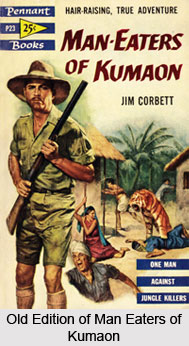 He was highly inspired by his friend F.W. Champion and took the step of conserving tigers. His first book, `The Man Eaters of Kumaon` (1944) had a section on photographing tigers and he admitted he first got the idea of taking photographs of tigers from the works of F.W. Champion. The latter`s `With a Camera in Tiger land`, published in 1927, was the first book on Indian wildlife in which every picture was of wild animals. But it was Corbett`s defence of tigers with his pen that has stayed on in the memory of his readers, not only in English but also in a dozen Indian languages into which his books have been translated.
He was highly inspired by his friend F.W. Champion and took the step of conserving tigers. His first book, `The Man Eaters of Kumaon` (1944) had a section on photographing tigers and he admitted he first got the idea of taking photographs of tigers from the works of F.W. Champion. The latter`s `With a Camera in Tiger land`, published in 1927, was the first book on Indian wildlife in which every picture was of wild animals. But it was Corbett`s defence of tigers with his pen that has stayed on in the memory of his readers, not only in English but also in a dozen Indian languages into which his books have been translated.
The conversion from gun to camera for men like Champion and Corbett was significant. Both lived in the United Provinces, a region where big game was becoming increasingly rare owing mainly to the denudation of wild cover. The wild buffalo and the rhino had disappeared. Antelopes and panthers were widespread, but tree forests and grasslands were confined to three main belts namely the foothills of the Himalaya Mountains, the Terai and the Vindhyas. It was around this time that man-eating first become prominent in the province.
Corbett was one of the prominent preservationists of Indian wildlife. Corbett did more than catalogue and study animals in the wild and he became a force, however small, for their protection. He joined the prominent lawyer, Hasan Abid Jaffry, in founding a Provincial Association for the conservation of Indian Wildlife in the 1930s. Jim Corbett drew on his considerable influence to help persuade the provincial government to create India`s first national park that is Corbett National Park in 1936. It is said that Jim Corbett was far more sympathetic to the problems of those who lived along the fringes of the forest than other professional foresters were.
